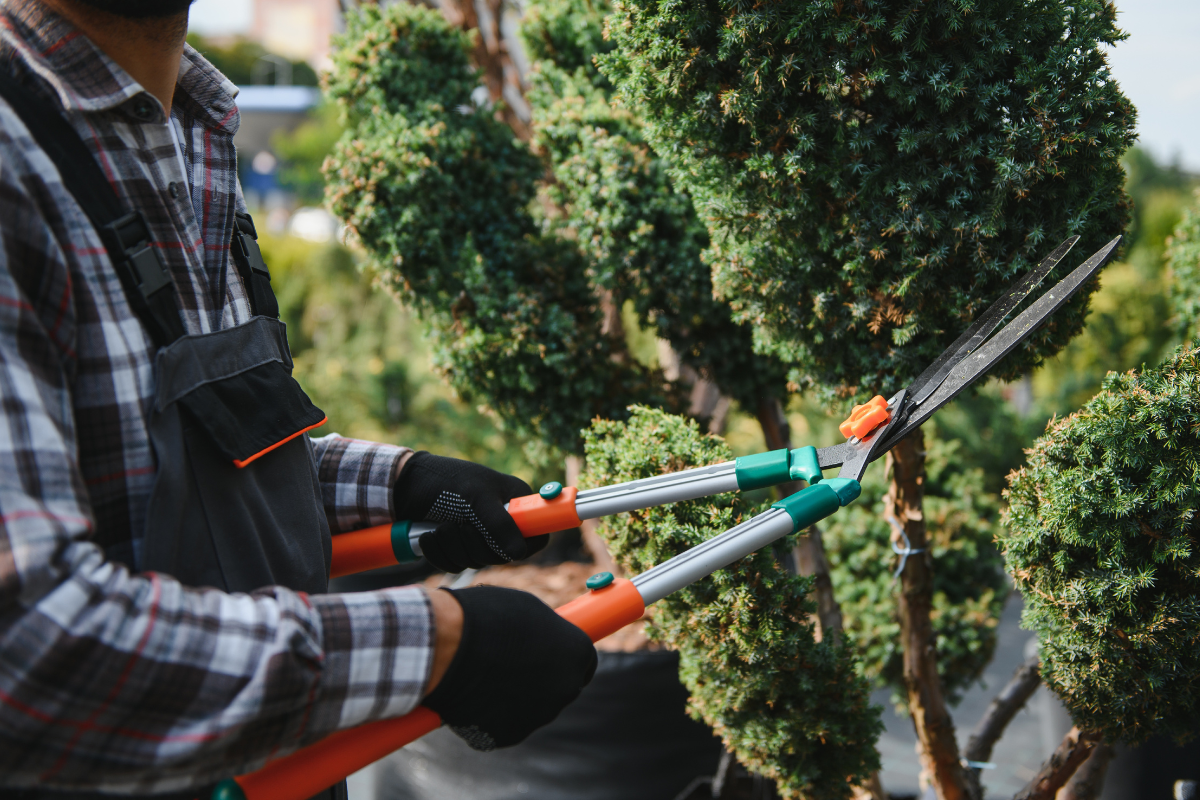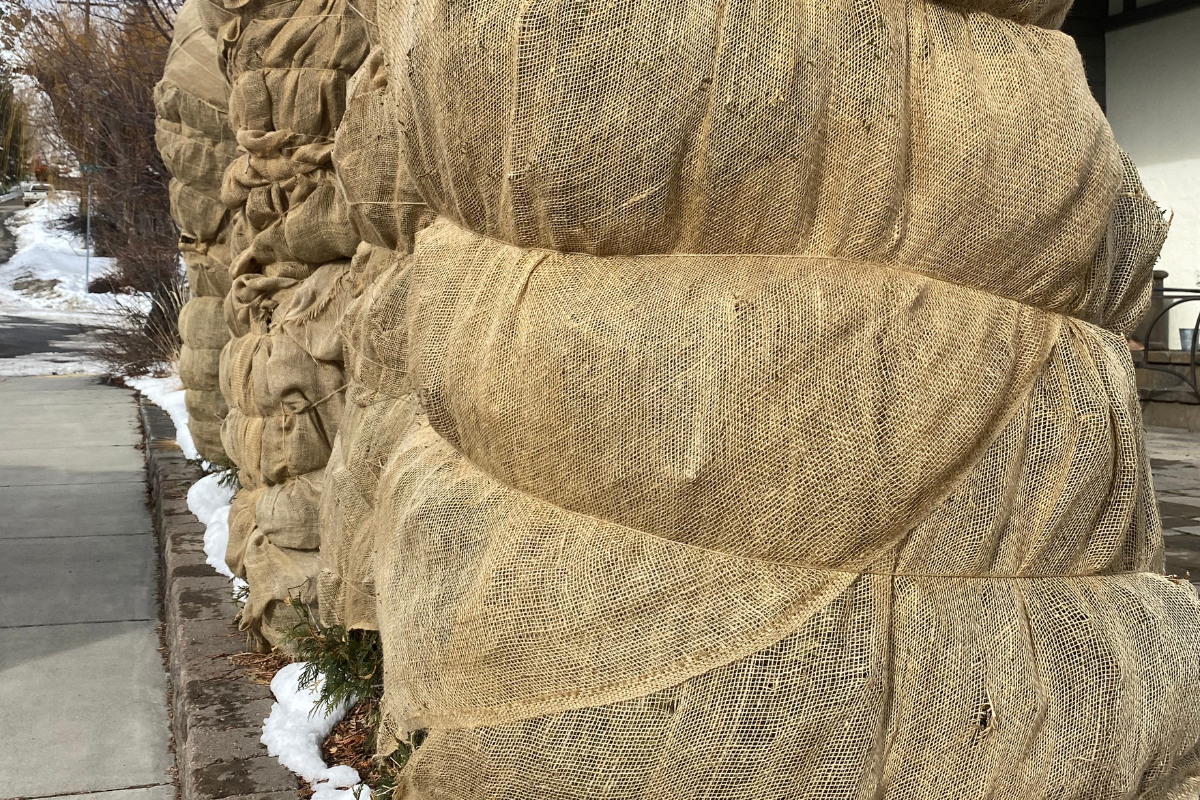In the heart of Idaho’s winter, when the landscape is cloaked in snow and the air is crisp and cold, it may seem like an unusual time to think about gardening. However, this quiet season is an ideal period for planning and preparing for the vibrant spring to come. Winter offers a unique opportunity for reflection, assessment, and strategic planning for gardeners and landscape enthusiasts, laying the groundwork for a flourishing garden as the seasons change.
The Importance of Winter Planning
Winter planning is more than just a way to pass the colder months; it’s a critical step in the gardening cycle. This period of dormancy for most plants is a perfect time for gardeners to evaluate the successes and challenges of the previous year and make adjustments for the upcoming growing season. It’s a time to dream, design, and detail plans for new garden beds, plant varieties, and landscaping projects. With the landscape at rest, it’s easier to visualize changes and improvements without the distraction of full blooms and foliage.
Designing Your Garden Layout
A well-thought-out garden layout is key to maximizing the beauty and productivity of your space. Consider factors like sunlight exposure, soil quality, and water availability when planning where to place new plantings or garden features. Think about how the garden will be viewed and used – whether for relaxation, entertaining, or as a productive vegetable plot. Sketching out a garden layout, either on paper or using online garden planning tools, can help visualize and refine your ideas.
Selecting Suitable Plants for High-Altitude Gardening
Idaho’s high-altitude environment presents unique challenges and opportunities for gardeners. Choosing the right plants that can thrive in these conditions is crucial. Research and select plant varieties that are hardy enough to withstand the cooler temperatures and shorter growing seasons. Consider native plants, which are adapted to the local climate and often require less maintenance. Incorporating a mix of perennials, annuals, and shrubs can create a garden that is both aesthetically pleasing and ecologically balanced.
Preparing for Early Spring Planting
The quiet winter months are an excellent time to order seeds and plan for early spring planting. Organizing your seeds, taking inventory of your gardening tools, and ensuring everything is in good condition for the spring rush can save time and stress later. For vegetable gardeners, planning for crop rotation and companion planting can improve soil health and yield better harvests.
Maintaining Garden Tools and Equipment
Taking care of your gardening tools is an often overlooked but essential winter task. Sharpening blades, oiling moving parts, and repairing any damage will ensure your tools are ready to go when the weather warms up. Properly maintained tools not only make gardening more enjoyable but also extend the life of the equipment, making it a wise investment.
Landscape Design Visualization
Winter is the perfect season to step back and visualize potential changes to your landscape. Whether it’s adding new features like a water element, fire pit, or outdoor seating area, or reimagining existing spaces, the dormant season allows you to plan without the pressure of immediate implementation. This is also a time to consult with landscaping professionals, like Whitehead Landscaping, who can provide expert advice and help bring your visions to life.
Embracing the quiet season for garden planning and preparation can lead to a more successful and satisfying gardening experience. By taking the time during winter to assess, plan, and prepare, you set the stage for a spring and summer filled with the beauty and bounty of a well-tended garden. Whether you’re a seasoned gardener or a novice, the winter months offer a valuable opportunity to grow your gardening knowledge and skills, ensuring that when the snow melts and the first green shoots appear, you and your garden are ready to flourish.












